Audrey Kathleen Ruston was born to Joseph Victor Anthony Ruston (1889–1980) and Ella van Heemstra (1900–1984) on May 4, 1929, in Ixelles, Brussels, Belgium. Her father was of British descent and her mother was a Dutch baroness. Later in life, she was better known as Audrey Hepburn.
Due to her father’s occupation as a loan officer, the family moved frequently, from Brussels to London to The Hague and back again to Brussels. Her father deserted the family when Audrey was six years old – an event Audrey never got over. Her mother decided to return to Arnhem in the eastern section of the Netherlands, the town in which she had been raised. Two years later, Audrey and her mother moved again, this time to Kent, England. Audrey was enrolled in school in the village of Elham.
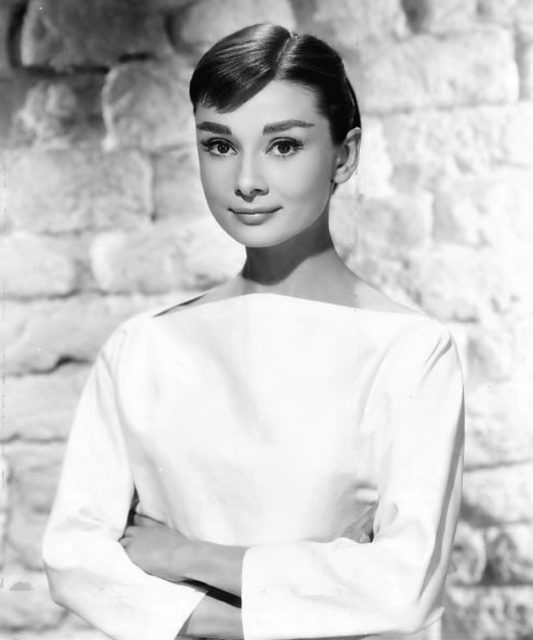
Audrey’s father had become involved in the Fascist ideology, a type of totalitarian nationalism, and had returned to London. He and his daughter had no contact until sometime in the 1960s when Audrey discovered he was living in Dublin, Ireland. Although they did not have a good relationship, Audrey felt obligated to take care of him financially until his death in 1980.
At the start of World War II, Audrey’s mother felt that their home in the Netherlands would be safer than England, and they returned in 1939. Audrey completed her education at Arnhem Conservatory, a school of fine arts in Arnhem where she learned music and ballet. In 1940, the Netherlands was invaded by Nazi Germany, which caused Audrey to change her name to Edda van Heemstra so as to not be deemed suspicious because of her English name. Audrey observed firsthand the terrors of the Nazi regime and is quoted as saying, “We saw young men put against the wall and shot, and they’d close the street and then open it, and you could pass by again … Don’t discount anything awful you hear or read about the Nazis. It’s worse than you could ever imagine.” Her uncle, Otto van Limburg Stirum, was executed because of the family’s high standing in Dutch culture. One of her half-brothers, Ian, was sent to a German labor camp and the other, Alex, went underground so as not to be targeted like the rest of the family.
After these events had taken place, Audrey and her family moved to Velp, Gelderland and stayed with her grandfather, Baron Aarnoud van Heemstra. There she witnessed local Jews being loaded onto trains on their way to German concentration camps.
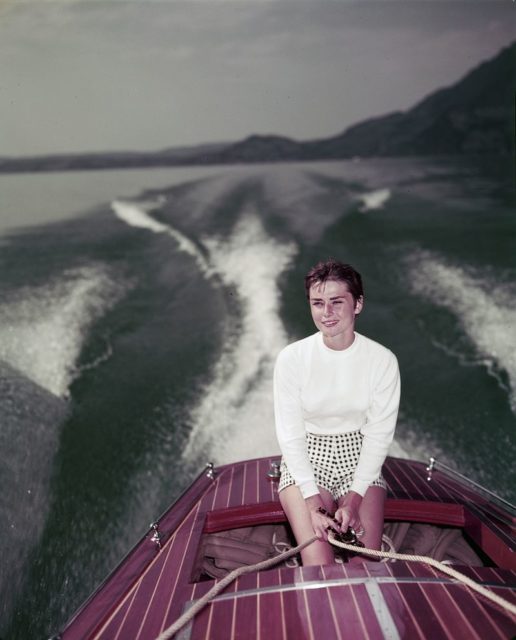
After the success of Operation Overlord, the beach landing at Normandy and part of D-Day, the Allies moved through Europe. On September 16, 1944, Operation Market Garden, the battle to retake Arnhem, was launched. Thousands of paratroopers from the 1st Allied Airborne Army landed in Holland with orders to take all of the bridges to allow the Allies to invade the lowlands of Germany and flank the German troops. The bridge in Arnhem proved to be too much for the Allies; after ten solid days of fighting the SS Panzer Divisions, the remaining Allied troops were airlifted out on September 26, 1944. Allied casualties – including missing, wounded, and captured soldiers – were as much as 17,200 men. It wasn’t until October that the American Air Force destroyed the bridge at Arnhem. During the battle, thousands of Dutch citizens were evacuated. For those that stayed, food was almost non-existent. The “Hongerwinter” famine killed over 30,000 citizens. It wasn’t until May of 1945 that Holland was finally liberated.
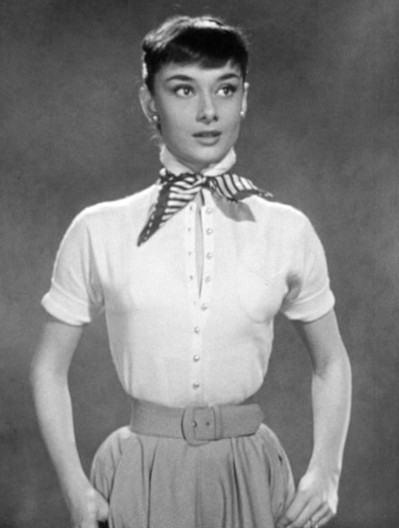
Having lost everything in the war, Audrey and her family moved to Amsterdam, where her mother worked for a wealthy family as a housekeeper and cook. It was at this time Audrey became interested in acting but kept up her education in dance. After moving to London, Audrey worked as a model to help out her mother, who was forced to work at low-paying jobs to feed the family. By 1948, Audrey had appeared in the chorus line of several musicals. After a casting director had taken notice of her, her acting career was launched.
She was immediately lauded by critics and began receiving awards. In 1953, her first starring role was with Gregory Peck in Roman Holiday. It was for this movie that she received the Academy Award for Best Actress, a BAFTA Award for Best British Actress in a Leading Role, and a Golden Globe Award for Best Actress in a Motion Picture Drama.
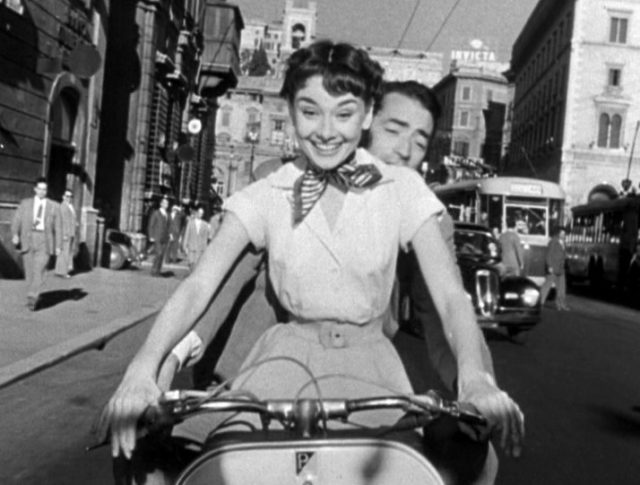
Her acting continued in Hollywood movies and in plays on Broadway; she received nominations and awards for almost everything in which she appeared. She performed with renowned stars such as Cary Grant, Burt Lancaster, Shirley MacLaine, and Peter O’Toole.
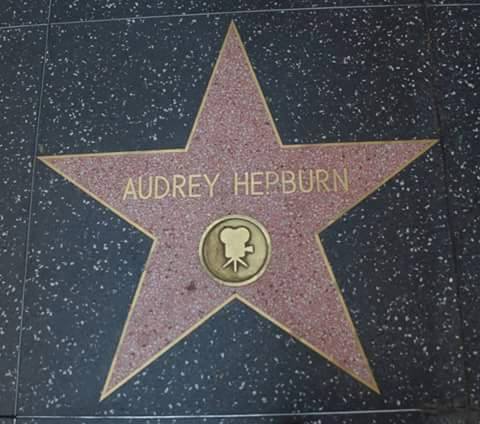
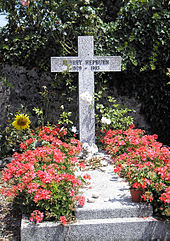
In 1988, Audrey started appearing in documentary films and recording spoken-word stories for children. She also began working for UNICEF, visiting countries such as Ethiopia, Turkey, Venezuela, Ecuador, Vietnam, Bangladesh, and those of Central America. President George H. W. Bush presented Hepburn with the Presidential Medal of Freedom in appreciation of her extensive humanitarian work.
In 1992, Audrey was diagnosed with abdominal cancer. Although she had surgery and went through chemotherapy, her cancer was terminal. She returned to Switzerland where she died in her sleep on January 20, 1993. She was interred at Tolochenaz Cemetery in Tolochenaz, Switzerland.
